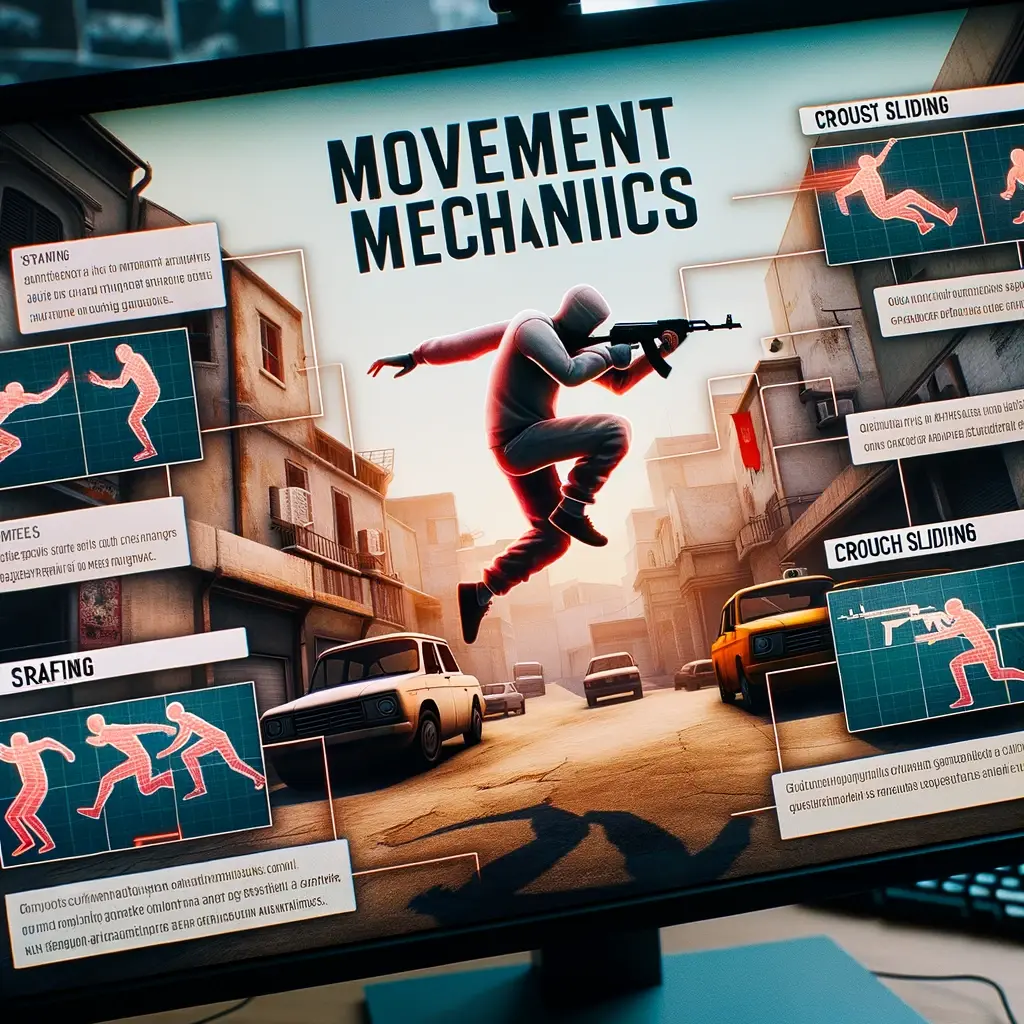Bright Insights Hub
Your go-to source for the latest news and information across various topics.
Dance Like You're in a CS2 Ballet: Unraveling Movement Mechanics
Discover the art of movement in CS2! Unlock the secrets of dance mechanics and elevate your gameplay to a whole new level.
Understanding the Physics of Movement in CS2 Ballet Dynamics
The physics of movement in CS2 Ballet Dynamics incorporates a rich interplay of various forces that influence how dancers execute their movements. Understanding these forces is crucial for improving performance and preventing injuries. In ballet, dancers must master the balance between gravity and the kinetic energy generated during jumps and turns. By studying the mechanics of threes such as torque, momentum, and inertia, dancers can optimize their form and technique, leading to more graceful and fluid movements.
Moreover, the concept of ballet dynamics extends beyond mere physicality; it also involves the dancer's perception of space and time. Through an understanding of spatial awareness, dancers can effectively judge distances and angles, which is essential for parts of choreography that require precise placement and timing. In essence, by integrating knowledge of physics into their training routines, dancers not only enhance their technical skills but also deepen their appreciation of the art form, creating an inspiring blend of science and artistry on stage.

Counter-Strike is a popular tactical first-person shooter game that emphasizes teamwork and strategy. Players can execute advanced techniques to gain the upper hand, such as the jump throw bind cs2, which allows for more precise grenade throws. The game features various modes and maps, making each match unique and challenging.
How to Master Dance Movements with CS2's Animation Mechanics
Mastering dance movements in CS2's Animation Mechanics requires a deep understanding of the software's capabilities and nuances. To start, it's essential to familiarize yourself with the key tools and features that facilitate character animation. First, make sure to explore the Animation Timeline, where you can control the timing and synchronization of your movements. Additionally, experiment with the Bone Rigging system, which allows for more natural movements and adjustments. By taking the time to understand these foundational elements, you'll be better equipped to create fluid and dynamic dance sequences.
Next, practice is crucial for mastering dance movements. Consider setting up a series of keyframes that outline the main positions of your dance routine, and then use interpolation techniques to smooth out the transitions. You can also take advantage of motion capture data, if available, to give your animations a realistic feel. Don't hesitate to analyze dance movements from real-life performances or other animations as references, effectively using CS2's Animation Mechanics to study timing and spacing. This iterative process of creation and feedback will sharpen your skills, ultimately leading to impressive and masterful dance animations.
What Makes CS2 Ballet Unique? Exploring Dance Mechanics and Techniques
One of the defining aspects that makes CS2 Ballet unique is its integration of advanced dance mechanics into the classical ballet framework. This style emphasizes not only the elegance and artistry typically associated with ballet but also the technical precision required to execute complex movements efficiently. Dancers trained in CS2 Ballet often engage in rigorous conditioning that enhances their core strength and flexibility, leading to improved performance and reduced risk of injury.
Moreover, CS2 Ballet incorporates a variety of modern techniques that challenge traditional perceptions of ballet. For instance, it combines elements from contemporary dance, allowing dancers to express emotions through fluidity and dynamics in their movements. This approach not only enriches the performance experience but also broadens the appeal of ballet to a diverse audience. The melding of classical technique with innovative choreography truly sets CS2 Ballet apart in the competitive landscape of dance.